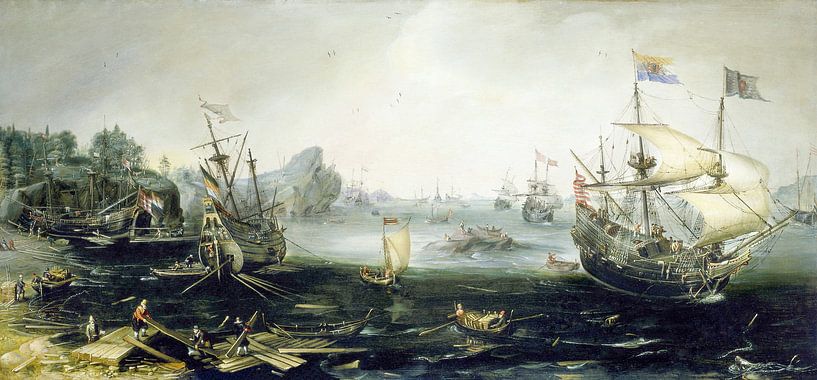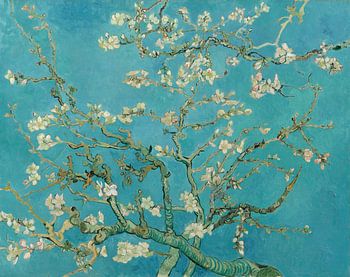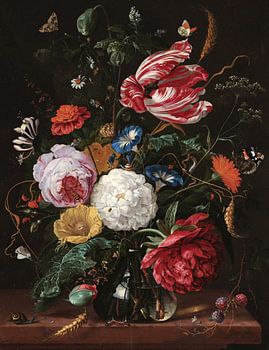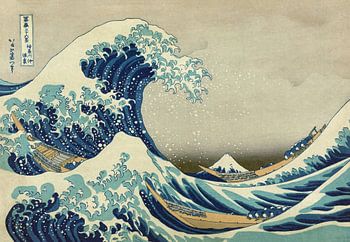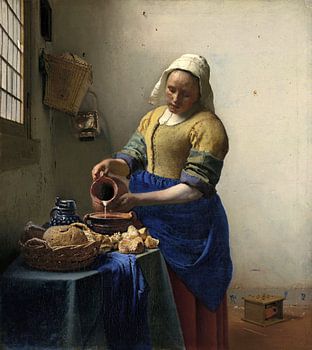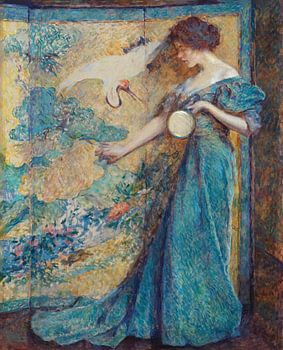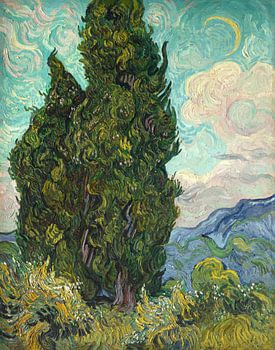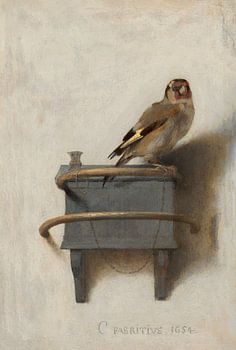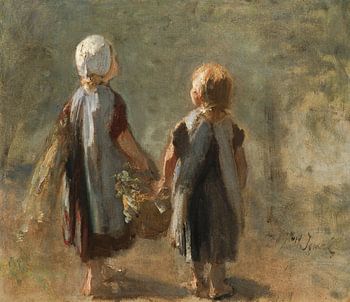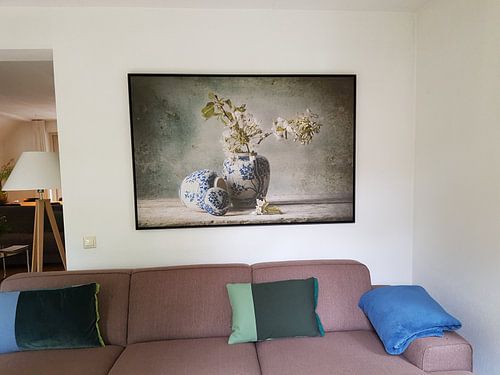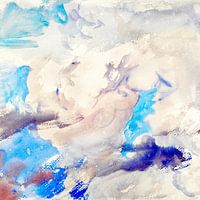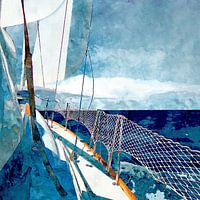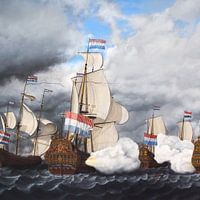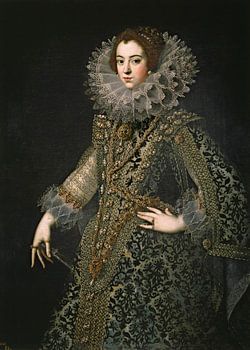
This painting is the finest example of van Eertvelt’s early work in the National Maritime Museum’s collection and represents the variety inherent within the artist’s subject matter. The industrious scene of Dutch and Flemish ships being loaded with timber is set in a natural harbour along a Scandinavian fjord. Large numbers of tree-trunks have been brought down into the bay in the left foreground, where they have been bundled into the water by numerous workmen. The ships inshore are loaded through stern ports. The stern of the large vessel on the left is decorated with a depiction of the Virgin Mary, whith worshippers on either side. This probably identifies the ship’s origin as the Catholic Southern Netherlands, though the ensign of three horizontal stripes of black, gold and white remains to be identified. So does the shield emblem of a black bull or ox, with its tail raised over its back, on a blue ground, which appears on the upper tafferel: a similar outline emblem of a bull appears on the white flag at the mainmast. Both may represent a town of origin, or just the name of the ship. To the right an Amsterdam merchantman, which is followed by other vessels in the distance, arrives on the scene. Small boats dart around between the larger ships. Beyond the bustle, the shoreline of rounded rocks, pines and fir trees rise and guide the eye to the horizon. Cattle, sheep and one or two human figures appear on the high shore to the left. In the distance, to the right, the mounta
